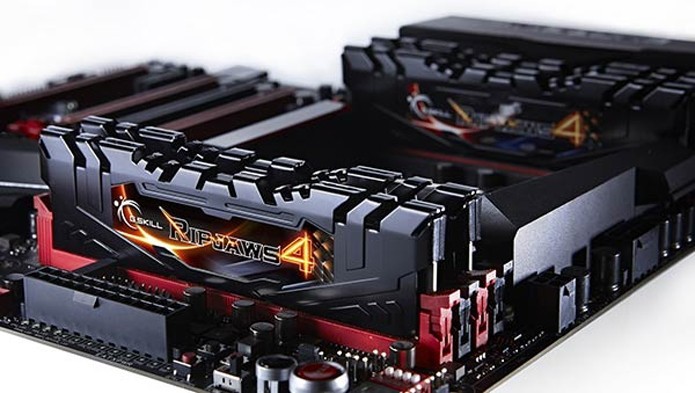

Bear in mind, though, that RAM is a significant aspect when picking a laptop or a desktop computer. When it comes to buying a new computer, our priority is always the price. RAM allows the processor to get the details it wants for a given phase without needing to scan the hard disc. It is the same way, a bigger desk will accommodate more pieces of paper without being cluttered and unwieldy, reducing the need to return to the file cabinet to reorganize at every time.

The more RAM you have, the more resources you can easily reach at any moment. RAM is used by the system to temporarily store operating system components as well as data when running a single program. It connects your CPU’s small, super-fast cache to your massive, slow-speed hard drives or solid-state drives (SSD). RAM (Random Access Memory) is a temporary storage space on your device that is used to perform operations. What exactly is the difference between DDR2, DDR3, DDR4, and DDR5 RAM? Here’s an explanation of how RAM generations are classified and what they mean for you.


 0 kommentar(er)
0 kommentar(er)
